Growing Demand for Digital Services
The Digital Banking Platform Market is experiencing a notable surge in demand for digital services. As consumers increasingly prefer online banking solutions, financial institutions are compelled to enhance their digital offerings. According to recent data, approximately 70 percent of banking customers now utilize digital channels for their transactions. This shift is driving banks to invest in robust digital platforms that provide seamless user experiences. The rise of mobile banking applications and online account management tools indicates a significant transformation in consumer behavior. Consequently, banks are prioritizing the development of user-friendly interfaces and secure transaction processes to meet customer expectations. This growing demand for digital services is likely to propel the Digital Banking Platform Market forward, as institutions strive to remain competitive in an evolving landscape.
Shift Towards Sustainable Banking Practices
The Digital Banking Platform Market is increasingly influenced by a shift towards sustainable banking practices. As consumers become more environmentally conscious, financial institutions are recognizing the importance of integrating sustainability into their operations. This trend is reflected in the growing demand for green banking products and services, such as eco-friendly loans and investment options. Recent surveys indicate that over 60 percent of consumers prefer to bank with institutions that demonstrate a commitment to sustainability. In response, banks are adopting digital platforms that facilitate sustainable practices, such as paperless transactions and carbon footprint tracking. This shift not only aligns with consumer values but also enhances the reputation of financial institutions. Therefore, the emphasis on sustainable banking practices is likely to drive growth in the Digital Banking Platform Market, as institutions seek to attract environmentally conscious customers.
Increased Investment in Fintech Partnerships
The Digital Banking Platform Market is witnessing a surge in investment in fintech partnerships. Traditional banks are increasingly collaborating with fintech companies to leverage innovative technologies and enhance their service offerings. This trend is driven by the need to remain competitive in a rapidly evolving market. Recent data indicates that investments in fintech partnerships have grown by over 40 percent in the past year, reflecting a strong interest in digital transformation. By partnering with fintech firms, banks can access cutting-edge solutions such as blockchain technology, peer-to-peer lending platforms, and advanced payment systems. These collaborations not only enhance the customer experience but also enable banks to diversify their product portfolios. Consequently, the increased investment in fintech partnerships is likely to play a crucial role in shaping the future of the Digital Banking Platform Market.
Rise of Artificial Intelligence and Automation
The integration of artificial intelligence (AI) and automation is transforming the Digital Banking Platform Market. Financial institutions are increasingly leveraging AI technologies to enhance customer service, streamline operations, and improve decision-making processes. For instance, chatbots and virtual assistants are being deployed to provide 24/7 customer support, significantly reducing response times. Additionally, AI-driven analytics are enabling banks to gain insights into customer behavior, allowing for personalized product offerings. Recent studies suggest that the adoption of AI in banking could lead to a 20 percent reduction in operational costs. This technological advancement not only enhances efficiency but also positions banks to better meet the evolving needs of their customers. As a result, the rise of AI and automation is likely to be a key driver in the growth of the Digital Banking Platform Market.
Regulatory Compliance and Security Enhancements
In the Digital Banking Platform Market, regulatory compliance and security enhancements are paramount. Financial institutions are increasingly required to adhere to stringent regulations aimed at protecting consumer data and ensuring secure transactions. The implementation of advanced security measures, such as biometric authentication and encryption technologies, is becoming essential. Recent statistics indicate that cyber threats have escalated, with a reported 30 percent increase in cyberattacks targeting financial institutions. As a result, banks are investing heavily in cybersecurity solutions to safeguard their digital platforms. This focus on compliance and security not only protects consumers but also builds trust in digital banking services. Consequently, the emphasis on regulatory compliance and security enhancements is likely to drive growth in the Digital Banking Platform Market, as institutions seek to mitigate risks and enhance their reputations.


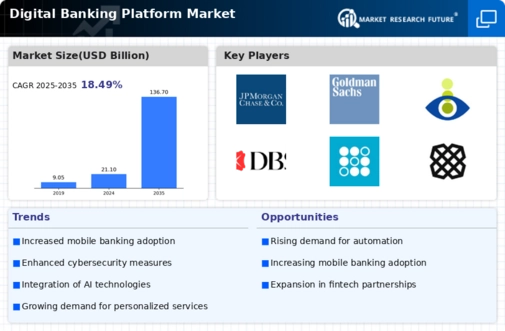

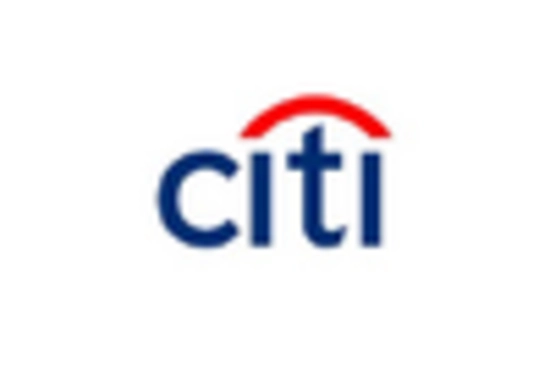
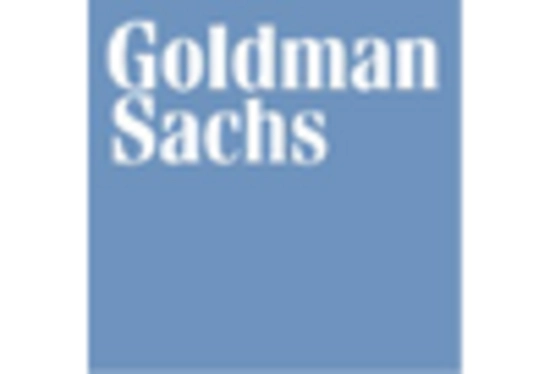
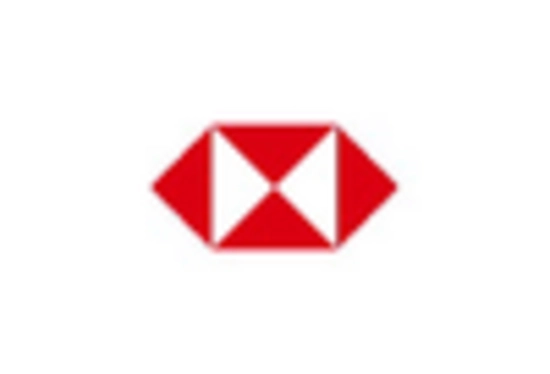
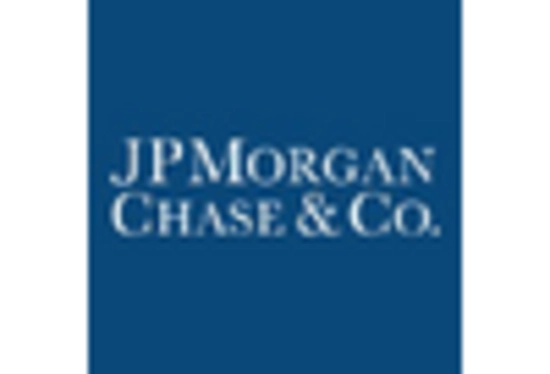
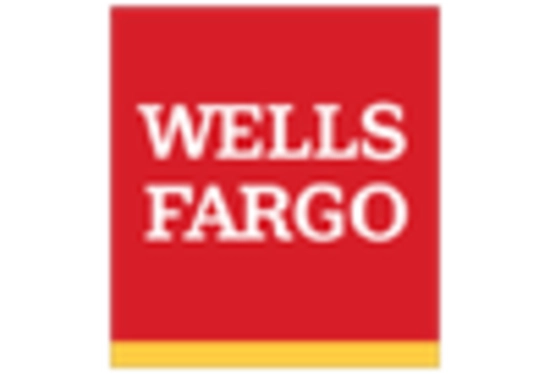








Leave a Comment